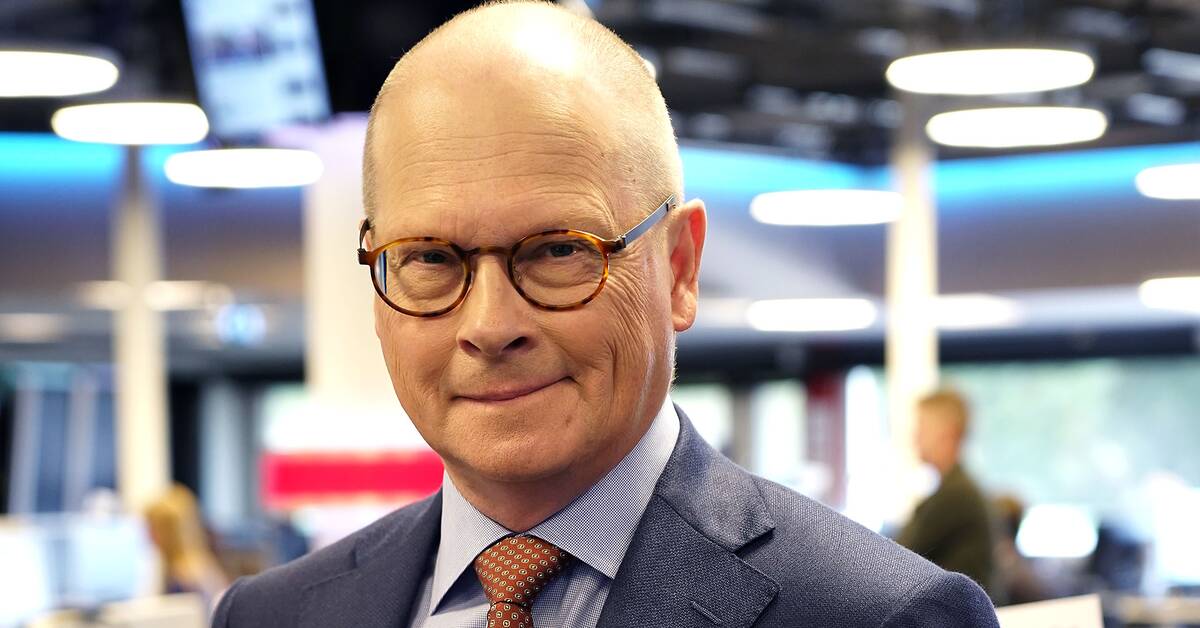The government alternatives have become clear after C leader Annie Lööf's announcement that she is prepared to sit in an S-led government.
On one side there is now a clear constellation of parties that want S-leader Magdalena Andersson as prime minister, on the other side a constellation that wants M-leader Ulf Kristersson.
Right now, opinion polls indicate that it is very even between these government alternatives, which currently appear to be the most realistic.
At the same time, both of these government documents contain significant internal tensions.
When it comes to Magdalena Andersson's constellation, the contradictions are greatest between the Center Party and the Left Party.
For example, Annie Lööf says no to the Left Party being part of a government.
Politically, C and V are far apart, but Magdalena Andersson is said to need the support of both to be able to become prime minister after the election.
"The NATO issue can cause problems"
Politically, there are significant differences between the parties in Magdalena Andersson's government documents.
It concerns, for example, tax policy, labor market policy and the view of private welfare providers.
A concrete proposal is the so-called contingency tax, which the Social Democrats proposed.
Here the Center Party flatly says no.
Another issue is the S proposal to stop profit distribution in independent schools.
This is also driven by the Left Party.
Here, too, the Center Party says no.
The NATO issue can also cause problems for Andersson.
The Left Party is strongly opposed to NATO membership and it attracted a lot of attention when members of the V Riksdag waved PKK flags during the Almedal week.
Internal tensions
But M-leader Ulf Kristersson's government alternative also harbors internal tensions.
The conservative elements of the Moderates and the Christian Democrats have facilitated the approach to the Sweden Democrats.
The Liberals, on the other hand, are a distinctly liberal party, and in the past the party has often launched a fierce attack on SD.
Uniting L and SD under the same umbrella may therefore be difficult for Kristersson.
Even though the Liberals' current party leadership is open to a collaboration with SD, the party continues to say no to SD taking a place in a government.
The SD issue has long divided the Liberals.
Within parts of the party there is strong opposition to collaboration with SD.
Politically, there are also several issues that divide the parties in Kristersson's government documents.
The Moderates and the Sweden Democrats want to cut aid sharply, something that both the Liberals and the Christian Democrats say no to.
The moderates also want to lower the A-fund and tighten the rules in health insurance, which the Sweden Democrats reject.
The questions are important because it is these designated savings that the Moderates want to use to finance reforms with an election victory.
"Complicated History"
The moderates are also pursuing questions about anonymous witnesses and visitation zones, something the Liberals' national meeting has said no to.
When it comes to migration and integration policy, there are also significant differences between above all SD and L, but also SD and KD, for example in the view of family reunification.
So regardless of which government foundation wins a majority in the election in just over three weeks, it will be a complicated story to negotiate a common government policy.

